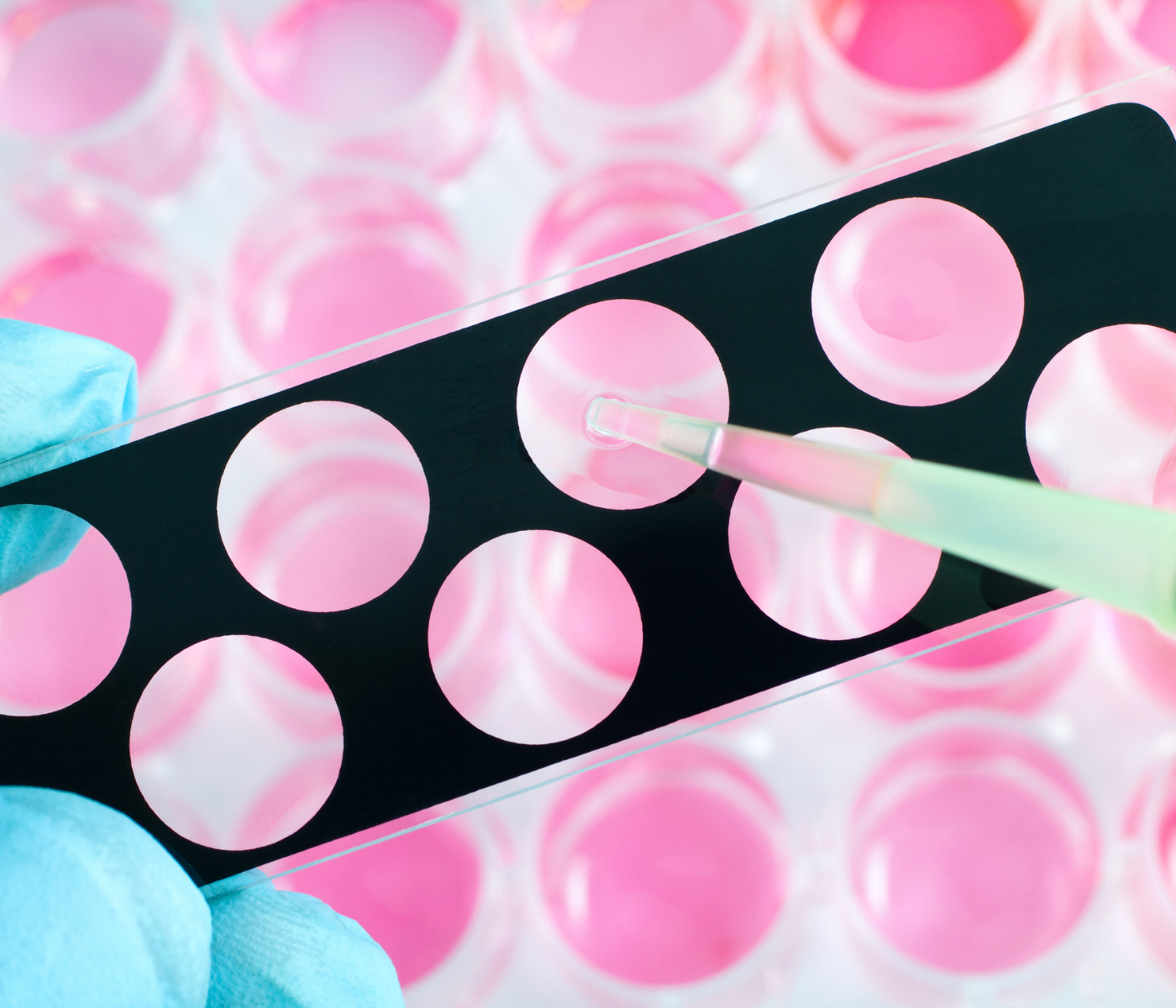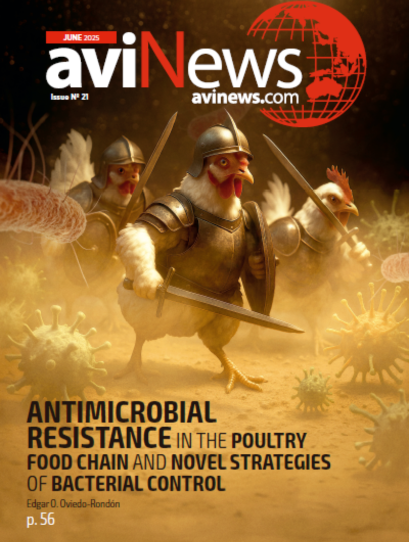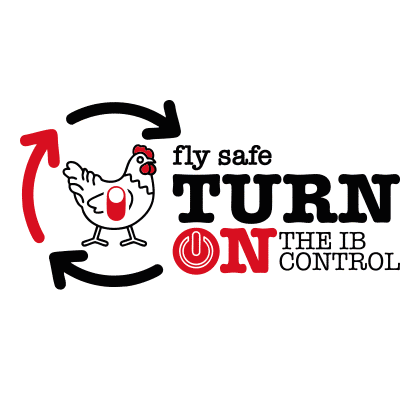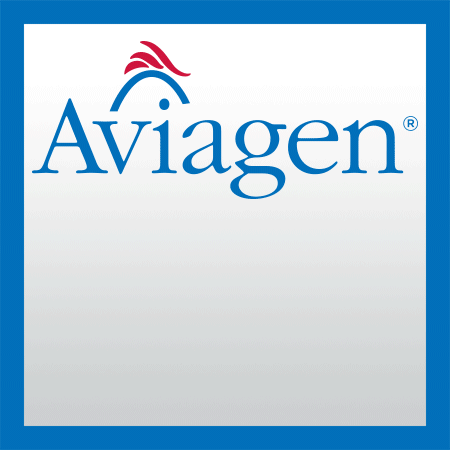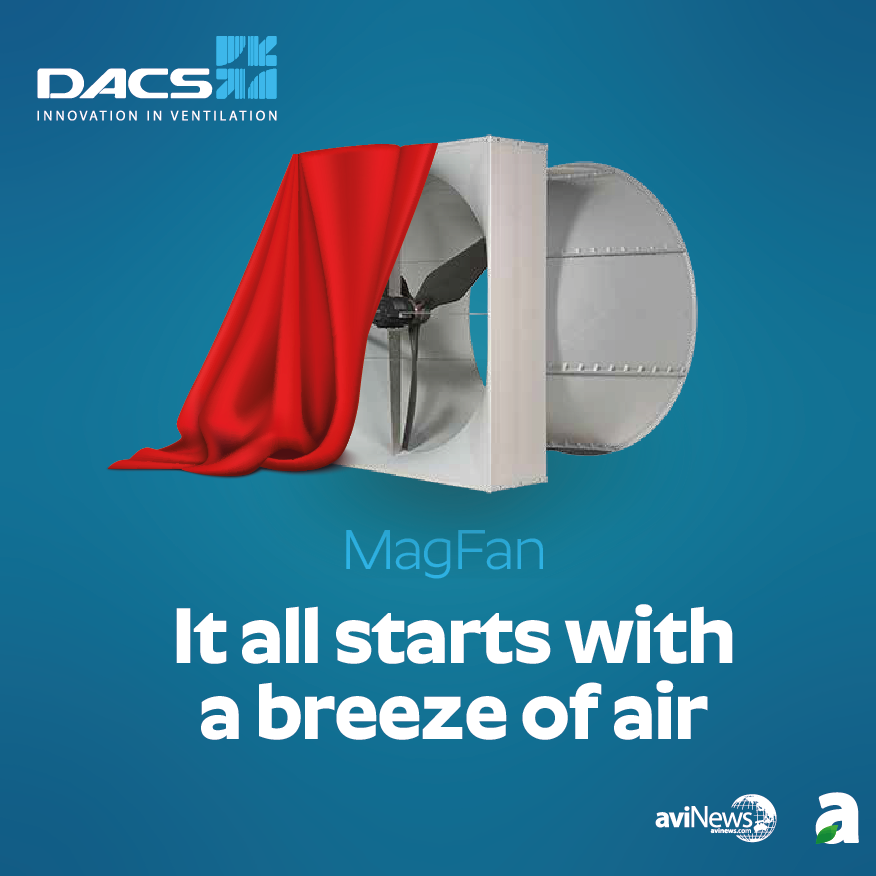Current prevalent methods of diagnosis worldwide rely on observations from farmers, farmworkers, and veterinarians.
Detection and prediction of emerging diseases in poultry are becoming more important every day. Due to the costs of an outbreak, the potential zoonotic implications of many poultry pathogens, and the negative impacts on the markets of any news about avian diseases, rapid and accurate detection and diagnosis are paramount.
The sooner a poultry disease can be detected, the diagnosis completed, and the case correctly classified.




![]() Frequently necropsies are necessary to collect blood and tissue samples, and sometimes water, feed, and litter are also obtained to be later analyzed in laboratories.
Frequently necropsies are necessary to collect blood and tissue samples, and sometimes water, feed, and litter are also obtained to be later analyzed in laboratories.
The laboratory analyses include:
![]() Culture techniques for bacteria and sometimes viruses
Culture techniques for bacteria and sometimes viruses
![]() Real-time polymerase chain reaction (RT-PCR)
Real-time polymerase chain reaction (RT-PCR)
![]() Isothermal amplification techniques
Isothermal amplification techniques
![]() Immunochromatography
Immunochromatography
![]() Immunofluorescence assay
Immunofluorescence assay
![]() Enzyme-linked immunosorbent assays (ELISA) for virus or serum antibodies
Enzyme-linked immunosorbent assays (ELISA) for virus or serum antibodies
- All this process takes time, frequently days, and by the time a diagnosis is complete, the disease has spread.
- Many times, farms are located in areas where local laboratories do not count with all reagents to determine a pathogen and submitting samples to other labs delays the process more.
- Some rapid detection kits for influenza virus, Newcastle, Salmonella, and a few more common pathogens are available, but their sensitivity is low.
- The costs of current avian influenza outbreaks in Europe and Asia and the constant concern about Salmonella and Campylobacter worldwide led to the development of several automated technologies.
These technologies include:
![]() Electrochemical biosensors
Electrochemical biosensors
![]() Wearable technologies
Wearable technologies
![]() Noninvasive approaches for
Noninvasive approaches for
Keep up to date with our newsletters
Receive the magazine for free in digital version
REGISTRATION
ACCESS
YOUR ACCOUNT
LOGIN
Lost your password?

